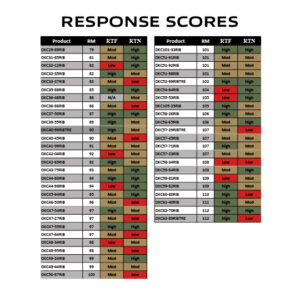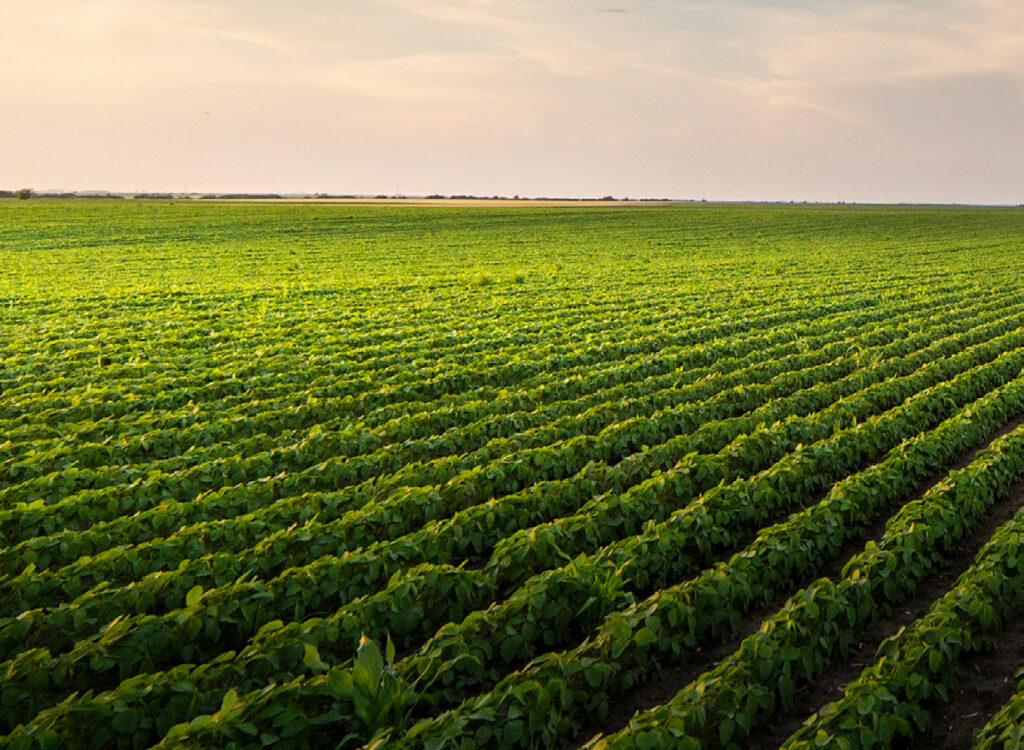Fungicides: When to Spray
By: John Sandmeyer, Seed, Crop Protection & Nutrients, Products Director
“The ideal timing for corn fungicide is at full tassel.”
“How do I know if I should spray a fungicide or not?” This is a question we get quite often. I also hear statements like: “I don’t think I see anything that will give me a return on my fungicide application.”
Let’s do our homework and see what we are after when spraying a fungicide. Do we see disease in our fields already or are we trying to prevent disease from setting into our fields.
When it comes to corn, I suggest researching the corn hybrids you are planting in your field, to evaluate whether to spend money on a fungicide. Specifically, look at what the seed industry calls RTF scores. RTF stands for Response to Fungicide. WinField® United has performed many trials in each hybrid to evaluate whether it has a low, medium or high response. This will give you an indication of what fields to target first for corn.
Look at the RTF score for DKC59-82 on the Response Scores chart accompanying this story. This hybrid is rated as a High RTF. Then, look at DKC55-53. This hybrid is rated as low RTF. So, if you were going to choose a hybrid to spray with a fungicide, you would look first at hybrids with a higher score to get your best ROI. You have better odds if you base your decision on data rather than just throwing out a fungicide and hoping it will give you a return.
Yield is always number one when you think about spraying a fungicide, but you also need to think about harvest time. Will your corn still be standing when you get there to harvest it. Also, think about plant health when making your decision. Your NuWay-K&H Agronomy account manager can provide this information and walk you through it.
NOTE: The ideal timing for corn fungicide is at full tassel.
Consider spraying all soybeans with fungicide. The average soybean yield response from a fungicide is two to four bushels. When using a premium fungicide with three modes of action, the yield response is on the upper end of that range. You have pretty goods odds of getting a return on your investment when spraying soybeans.
NOTE: The main timing for soybean fungicide is from R2 to R4.
When considering what type of fungicide you should use, data shows that the newer fungicides are outperforming some of the older fungicides that have been on the market for a while. Though you might pay a little more for the newer fungicides, the performance will outweigh the cost difference.


